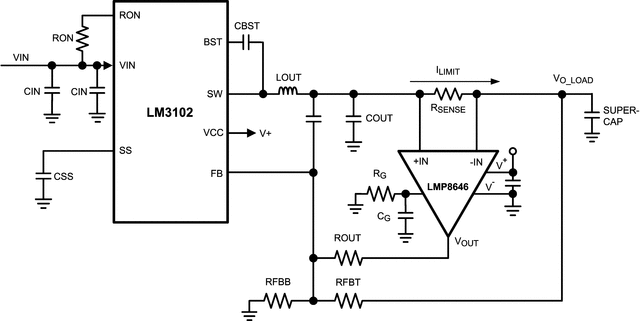I'm no expert, but as far as I can see, the switching regulator circuit, comprised of everything but R3, is capable of delivering up to 2A and has no hard limiting circuit that might be tweaked. The only thing that appears to be able to limit current is R3 which is nothing more than a voltage dropping resistor. The more current that gets pulled from P2, the more voltage is lost across R3. So, if someone were to put a 10 ohm load on the output in hopes of getting 0.9 amps at 9V, R3 would consume 3V and the output voltage would be only 6V. It is a crude sort of current limiting. You can pull more than 1A from the circuit, but when you do, your output voltage is probably close to 5.6 Volts. I think you misunderstand the meaning of the text on the schematic when you say "it is supposed to limit the current to 600mA". I think the meaning of the "9V/600mA" is more along the lines of ..."the circuit is pretty much useless as a 9V supply if you try to pull more than 600mA". Even 600mA is somewhat generous, and I think that the rating of 300~500mA is more realistic.
R3 may be included to prevent destructive failure of the circuit (for example explosion or fire) when the output gets momentarily shorted out.
If you truly want current limited to 300mA then a current limiting circuit will have to be added. Why do you want to limit to 300mA? Do you want a hard limit (circuit delivers 9V at 299 mA, but not more than 300mA at any voltage)? Or a soft limit (output voltage simply begins to decline at 300mA and gets to zero at, say, 500 mA)?


